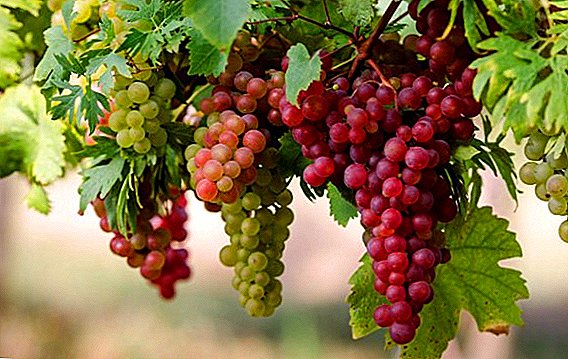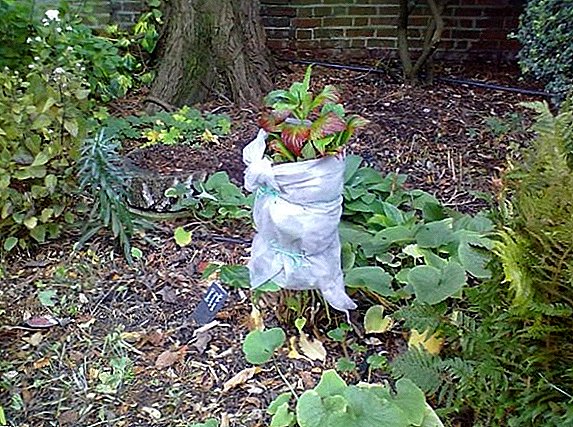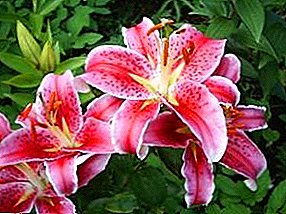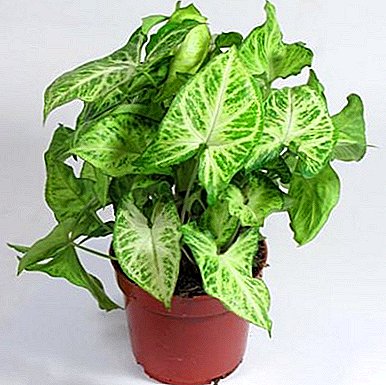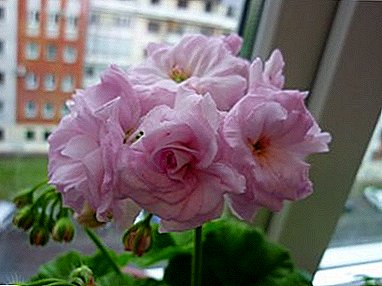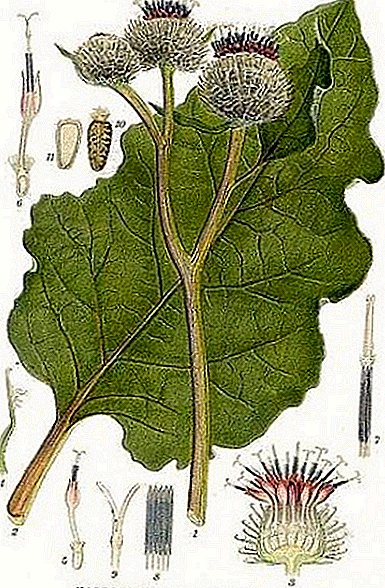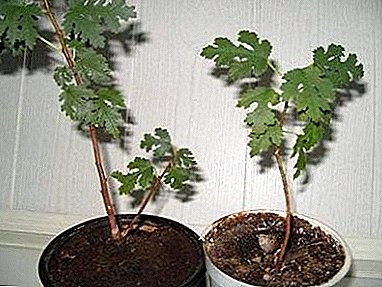
Figs belong to the mulberry family.
Famous for its unique taste and useful properties of the fruits, which, unfortunately, can not tolerate long journeys.
Therefore, for many, the only opportunity to try fresh figs is to grow a plant at home.
Plant description
The birthplace of the ficus "Karika" - Asia Minor. You can often find this plant also in the Middle East, in the Crimea, in the Caucasus.
In its natural habitat, this deciduous tree can reach ten meters in height.
The short, thick stem of the plant is covered with gray-brown bark.
The carved leaves of the heart-shaped form are divided into 3-7 shares, rather large in size: the width of each leaflet reaches up to 20, but length - 10-25 centimeters.
History of origin
This beautiful southern tree has an ancient history: first mentioned in the Bible.
During its long life, it has received many names: fig tree, fig, wine, fig tree. However, experts call this plant FicusCarica (Ficus Karica).
The tree inherited its name from the place of origin: the mountainous region of Caria, a province of Asia Minor.
Home care
The ficus "Karika" is very thermophilic. This is especially true of young plants.
A newly planted fig tree must be kept close to the light and maintained at a room temperature. about 250C.
Watering and moisture
 The ficus "Karika" came to us from the subtropics, therefore it needs a lot of moisture.
The ficus "Karika" came to us from the subtropics, therefore it needs a lot of moisture.
In summer, the plant should be watered as often as possible with soft, settled water at room temperature.
During the warm period, it is also recommended to pamper the flower with spraying and a warm shower.
But in the latter case, it is better to cover the pot from water (put a bag on and tie it at the base of the stem) in order to avoid overwetting and rotting of the roots.
Important! In winter, watering figs should be significantly reduced.
Too dry air can ruin the plant, so it is best not to keep it in close proximity to the battery.
Lighting
The fig tree simply loves bright light, therefore its development in a dark place or in a constant shadow is impossible.
It is best to place the ficus "Karika" in the most sunny place, only slightly covering it from direct rays with a light curtain.
Temperature
During the period of active growth: in the spring and summer the ficus "Karika" need warmth. The temperature in the room should be about +22 - + 250C.
In winter, the plant prefers coolness: 8-10 degrees of heat are sufficient. The fig tree does not tolerate sudden temperature drops and severe frosts.
Bloom
The inflorescences of the ficus "Karika" (syconia) are hollow, axillary, almost imperceptible.
They are of two types: male and female.
Female inflorescences, in turn, can be endowed with a short or long column. It is from female inflorescences with a long column that the fruits of a tree are subsequently formed - juicy pear-shaped figs.
They are distinguished not only by a sweet, pleasant taste, but also by an incredible array of useful qualities.
Crown formation
 The ficus "Karika" is not only a hardy and useful plant, but also surprisingly beautiful.
The ficus "Karika" is not only a hardy and useful plant, but also surprisingly beautiful.
Proper care will help turn it into an original bonsai.
Branch tree contributes to regular pruning of shoots.
To carry out this procedure is necessary in early spring before the appearance of young shoots.
Slices need to process chopped charcoal. This will prevent the branches from drying out and getting sick.
The soil
For the rapid growth and development of the ficus "Karika" it needs a sufficiently nutritious soil. The ideal option would be to mix in equal parts of turf, sand, humus and leaf earth.
Sometimes a white patina may appear on the upper layer of the earth. In this case, it should be replaced.
The plant needs frequent fertilizer: once every 10-14 days you need to feed the ficus with a liquid solution, alternating between mineral and organic compounds.
Stop feeding just for the winter period.
Transfer
Young specimens of ficus "Karika" should be replanted annually, each time by 3-5 centimeters increasing the diameter of the container.
Adult plants can be transplanted less frequently: once in 2 years.
And when the ficus reaches a sufficiently large size, it can be limited to replacing the top layer of the earth.
Transplant should be carried out in March.
Breeding
 Propagate fig tree in two ways: cuttings and seeds.
Propagate fig tree in two ways: cuttings and seeds.
1st method. Propagation by grafting should be carried out in the warm season. For this you need to cut the stalk with a good shoot length about 15 centimeters, dry place cut for 10-12 hours, and then go to planting.
For successful rooting, you need to put the cutting in a very nutritious soil: for example, a mixture of peat and sand, water and create greenhouse conditions. For this you can use a glass jar or polyethylene.
The container with the handle should be placed in a shaded place and the air temperature should be ensured. about 250C.
Under all conditions, the roots will appear in a month and a half, after which the plant is planted in a small capacity of up to one liter.
2nd way. The seeds extracted from the fruit should be washed with water and dried for a day, then placed in a container with soil and create a greenhouse effect.
The miniature greenhouse should be ventilated every day and, if necessary, spray the soil with warm water.
After a few weeks, the first young leaves should be formed, which can be planted in the ground.
Reference: plants grown by grafting may start to bear fruit in the second year of life, which is not the case with the ficus "Karika" obtained from seeds: the fruits will either appear a few years later, or will not appear at all.
A photo
In the photo ficus "Karika":




Diseases and pests
The leaves of the fig tree may suffer (dry and yellow) from a lack of light or moisture.
The ficus "Karika" is a very hardy and undemanding plant, however, it is not immune from damage by pests: scutes, mealybugs, spider mites.
The easiest way to get rid of spider mites is to wash the plant more often with warm water.
In advanced cases, it can be treated with a solution of actellic.
Very active breeding of mealybugs can ruin a plant.
To avoid this, you should remove the infected bulbs, wipe the plant with water. Sometimes it is possible to use karbofos.
Shchitovok best to collect manually, and then handle ficus tobacco-soap or kerosene-soap solution.
Benefit and harm
Ficus karika is well known for its medicinal properties.
Fresh fruits of the plant are used in the treatment of diseases of the cardiovascular system, gastrointestinal tract, upper respiratory tract.
Possess medicinal properties and leaves of the tree.
They will help get rid of bronchial asthma, diarrhea, normalize the work of the kidneys.
Important! Contraindicated in people with diabetes, gout, as well as acute inflammatory diseases of the gastrointestinal tract.
The ficus "Karika" will decorate almost any interior due to its unusual and attractive.
And if there is proper care, it will please its owners with juicy, fragrant, surprisingly useful fruits.


